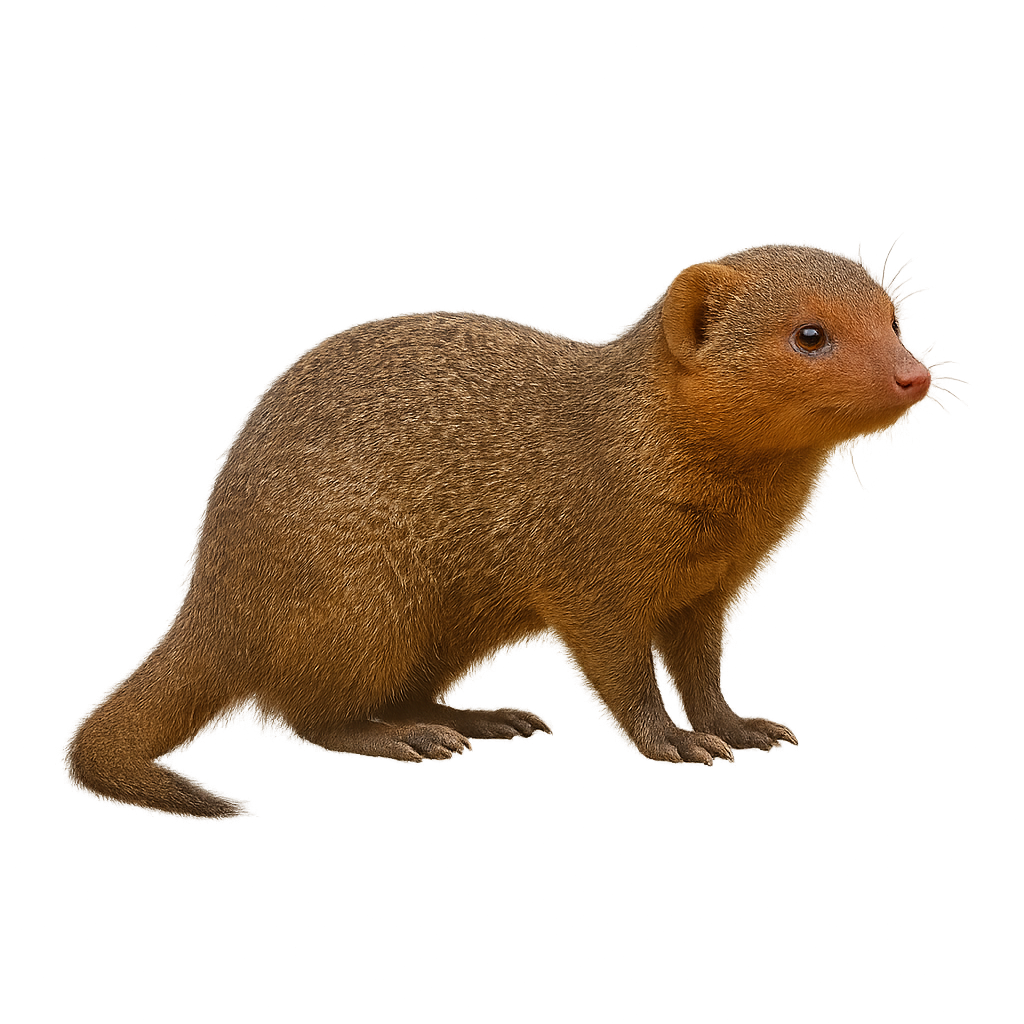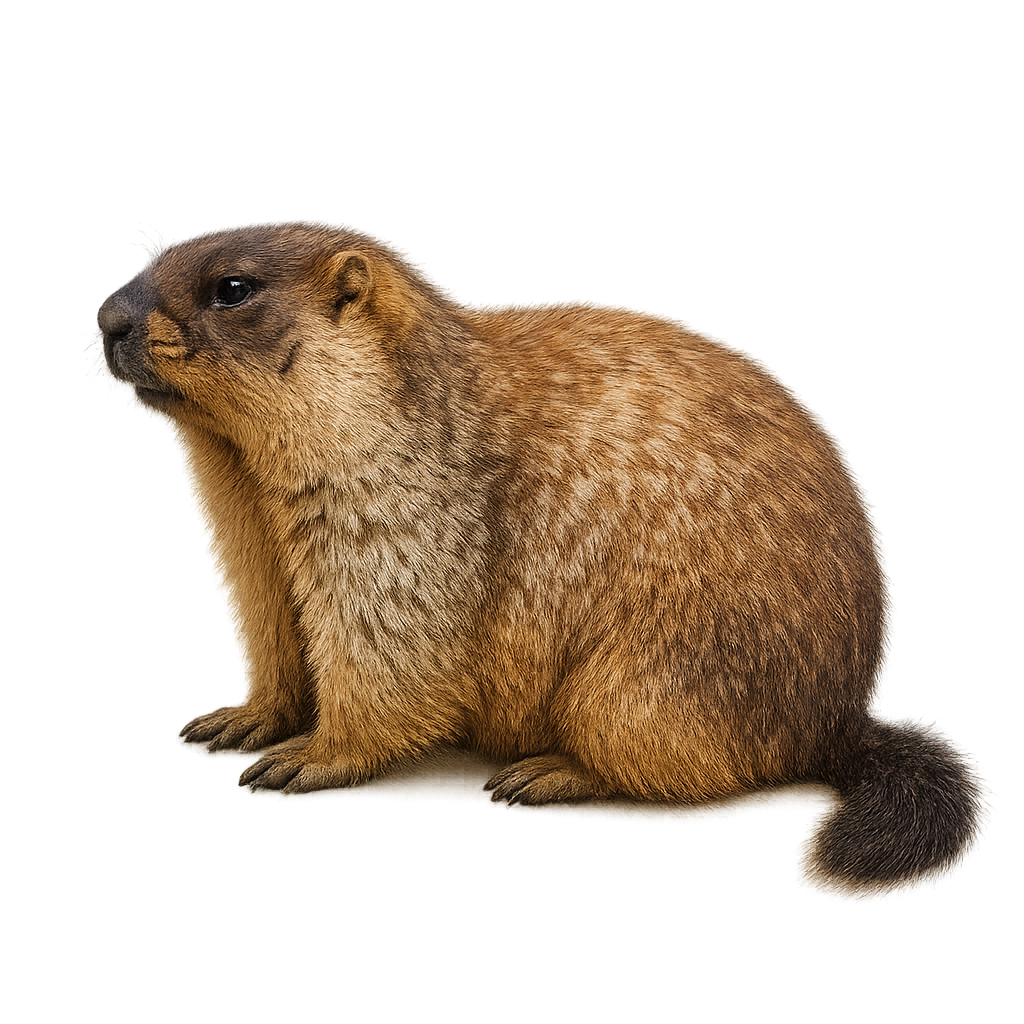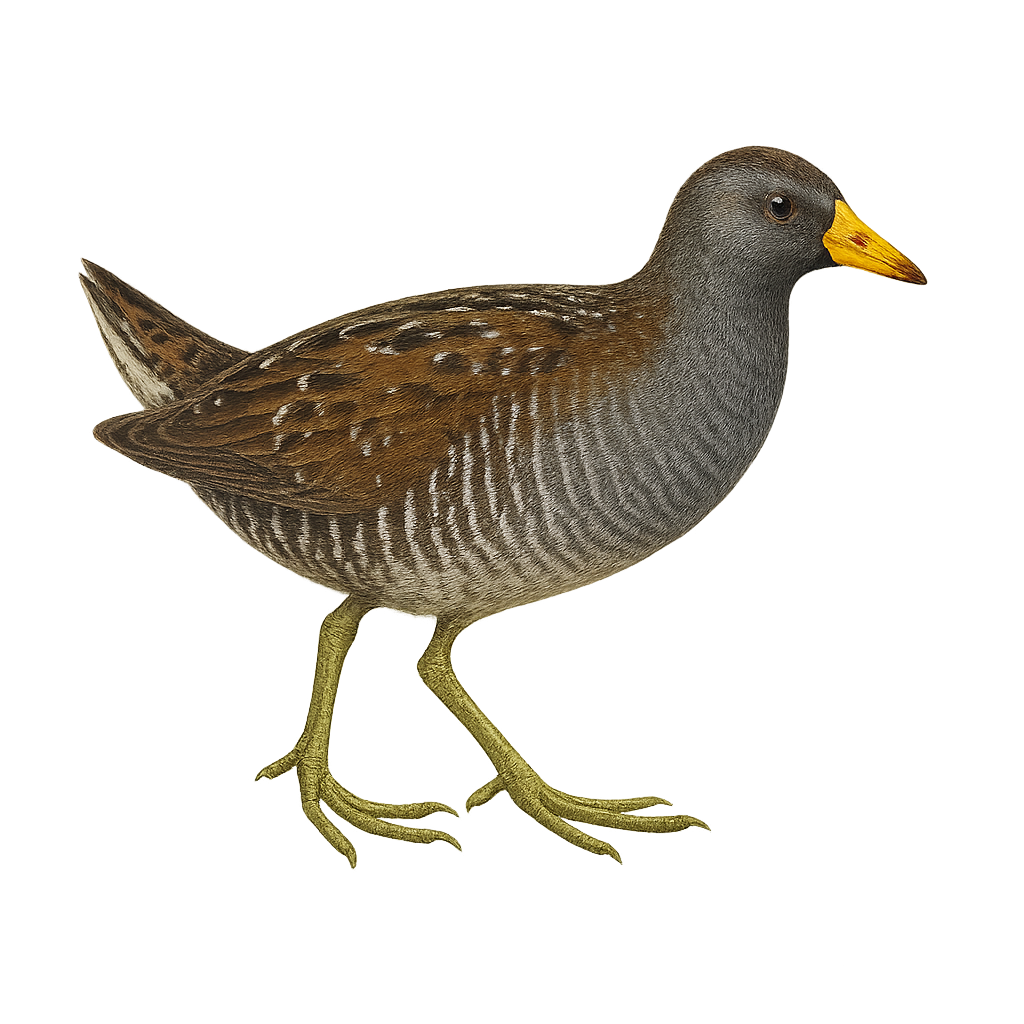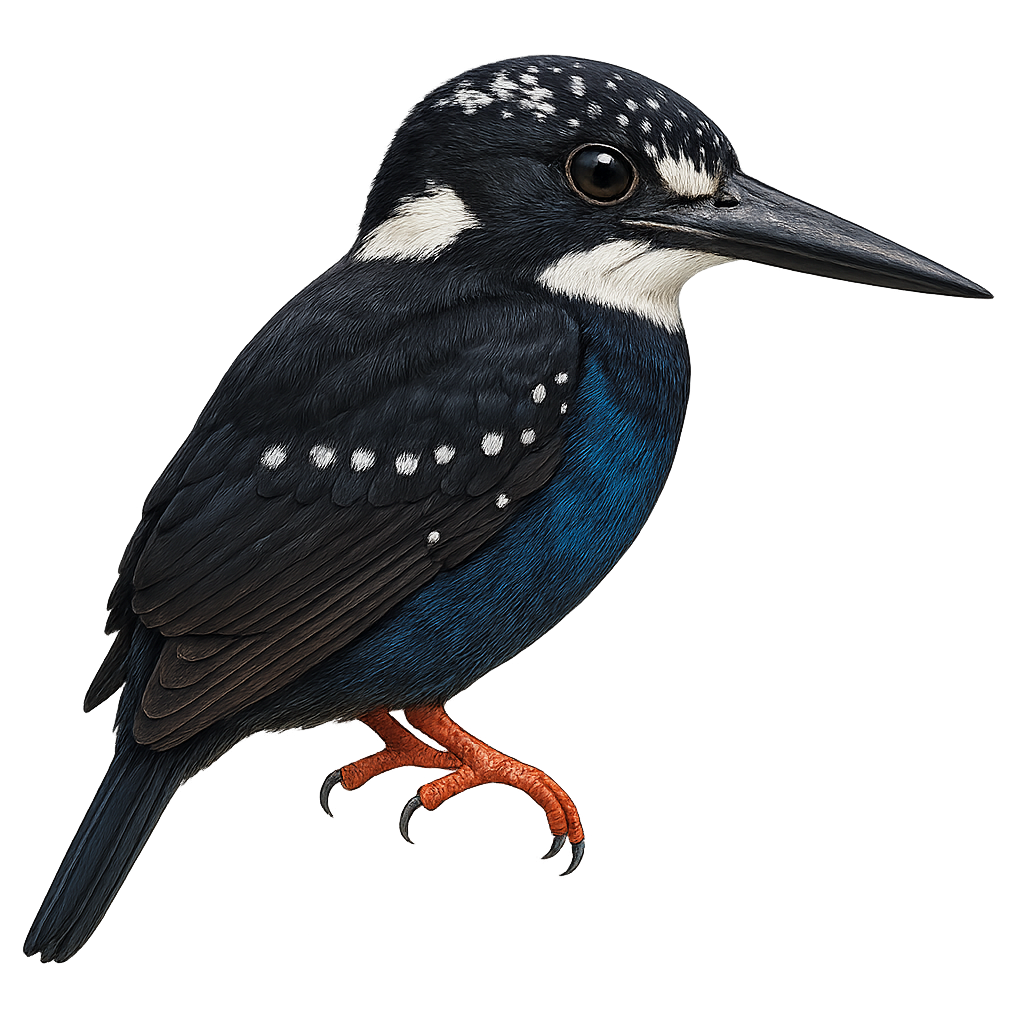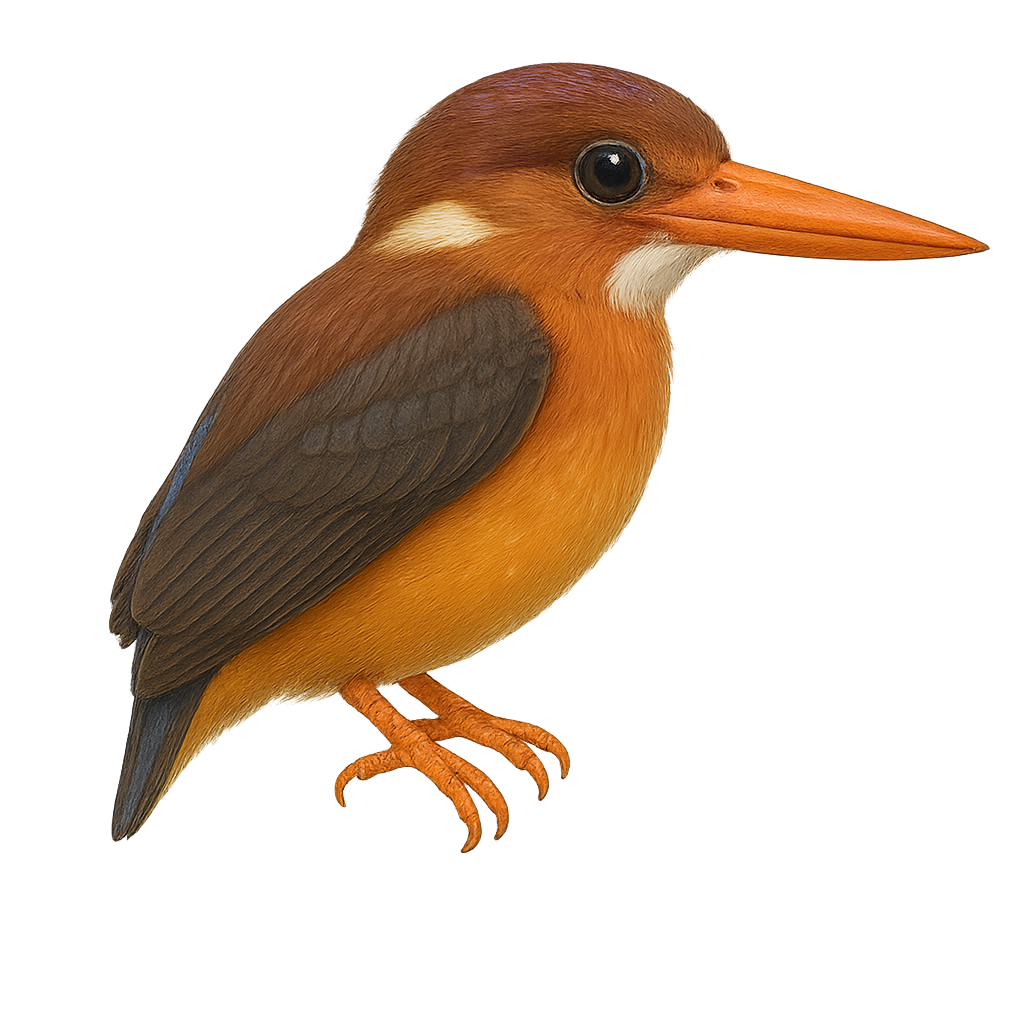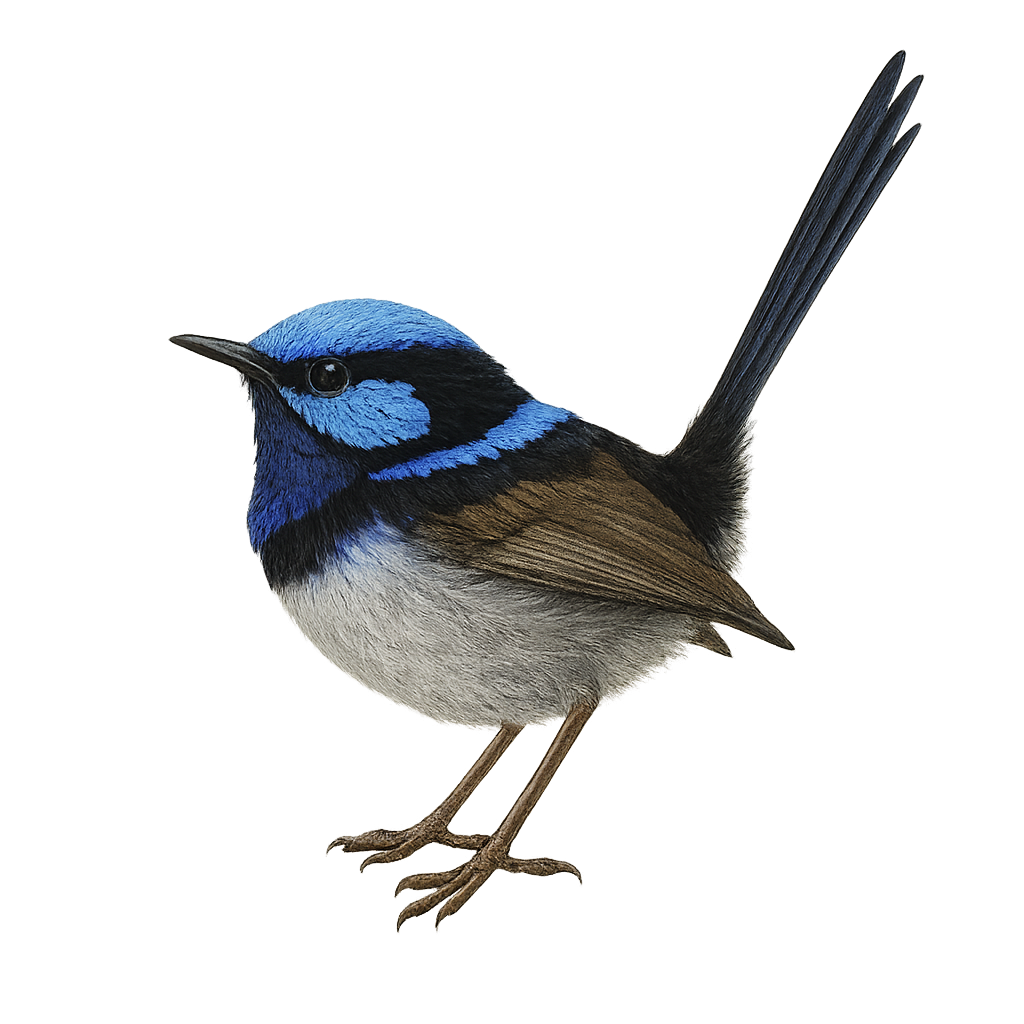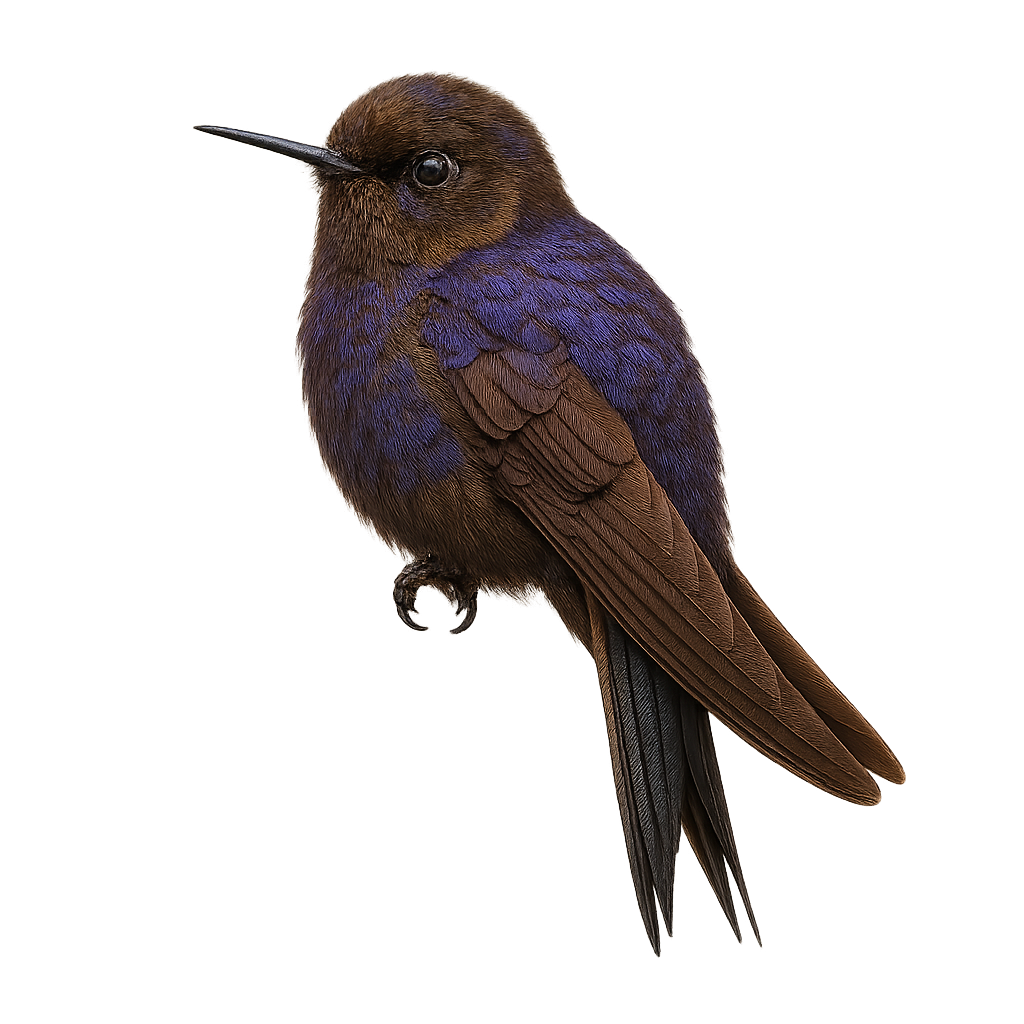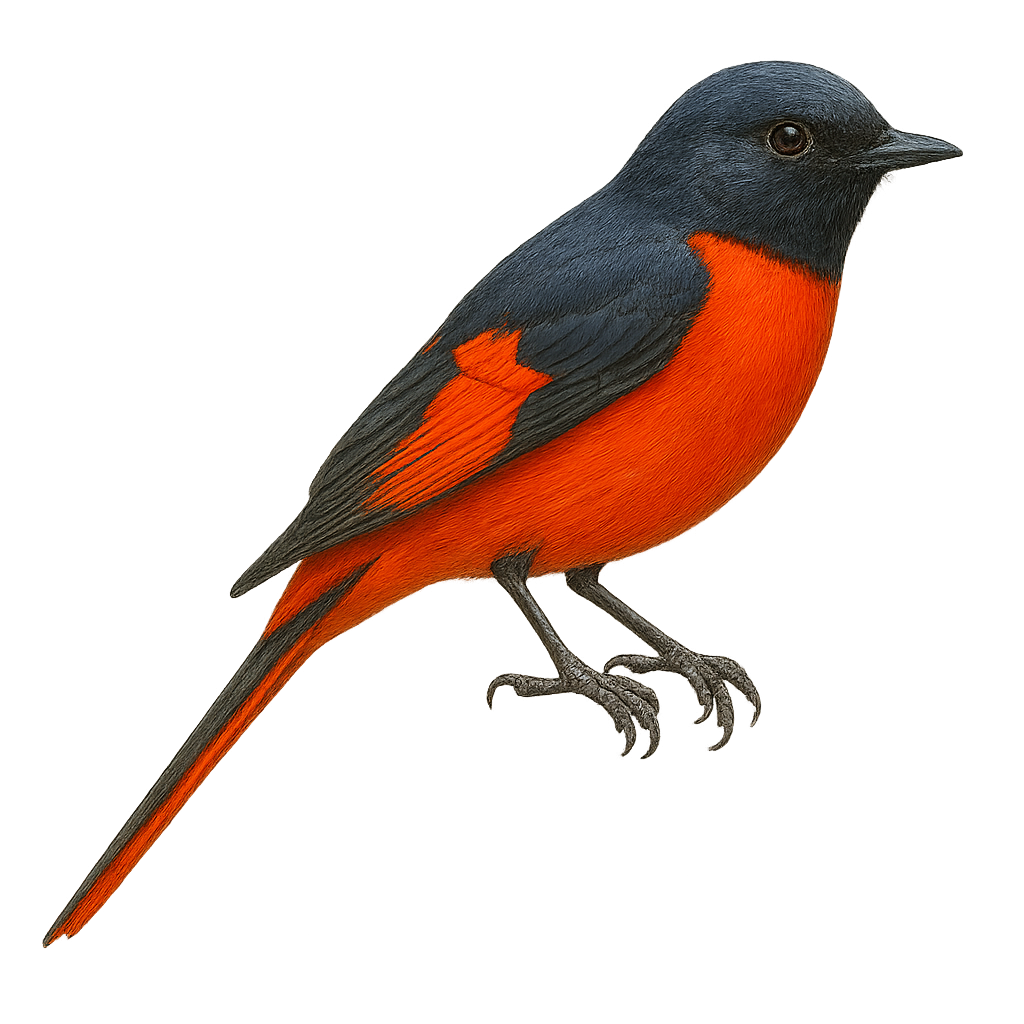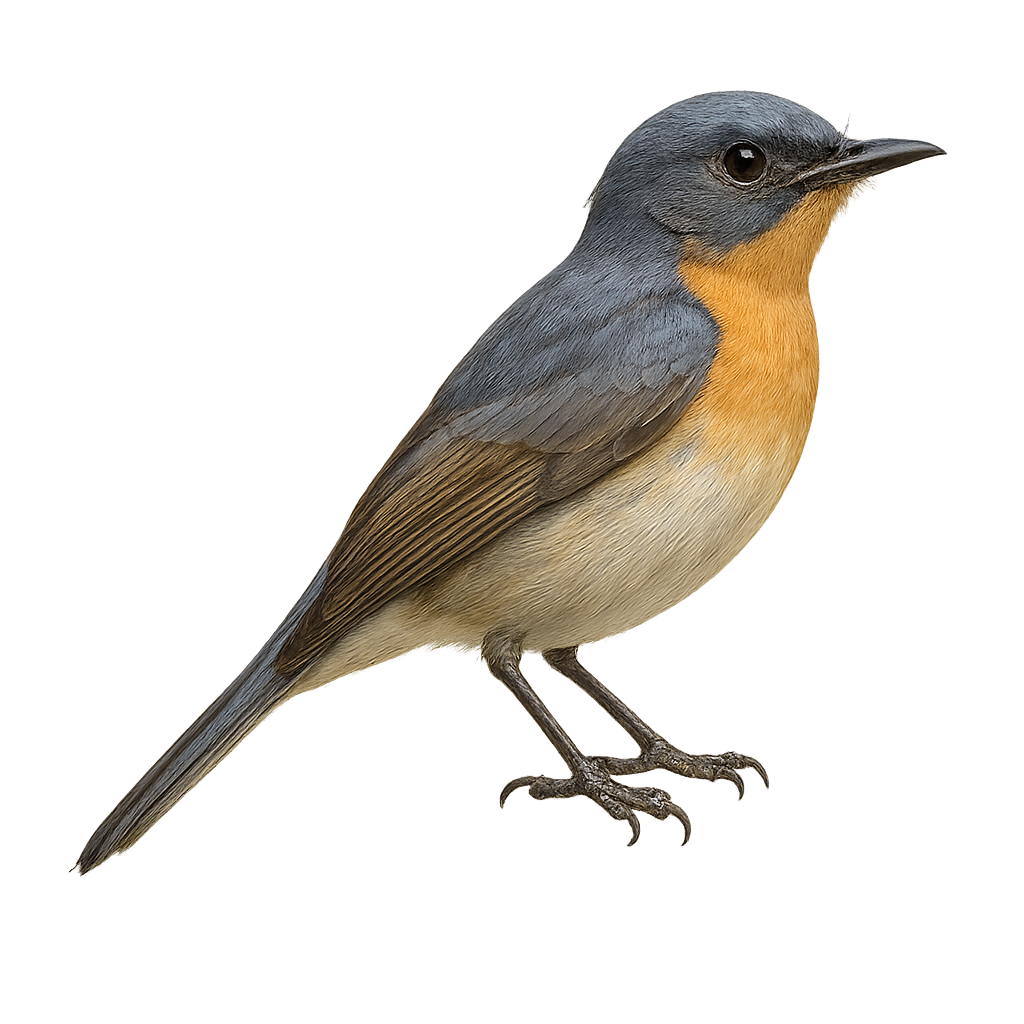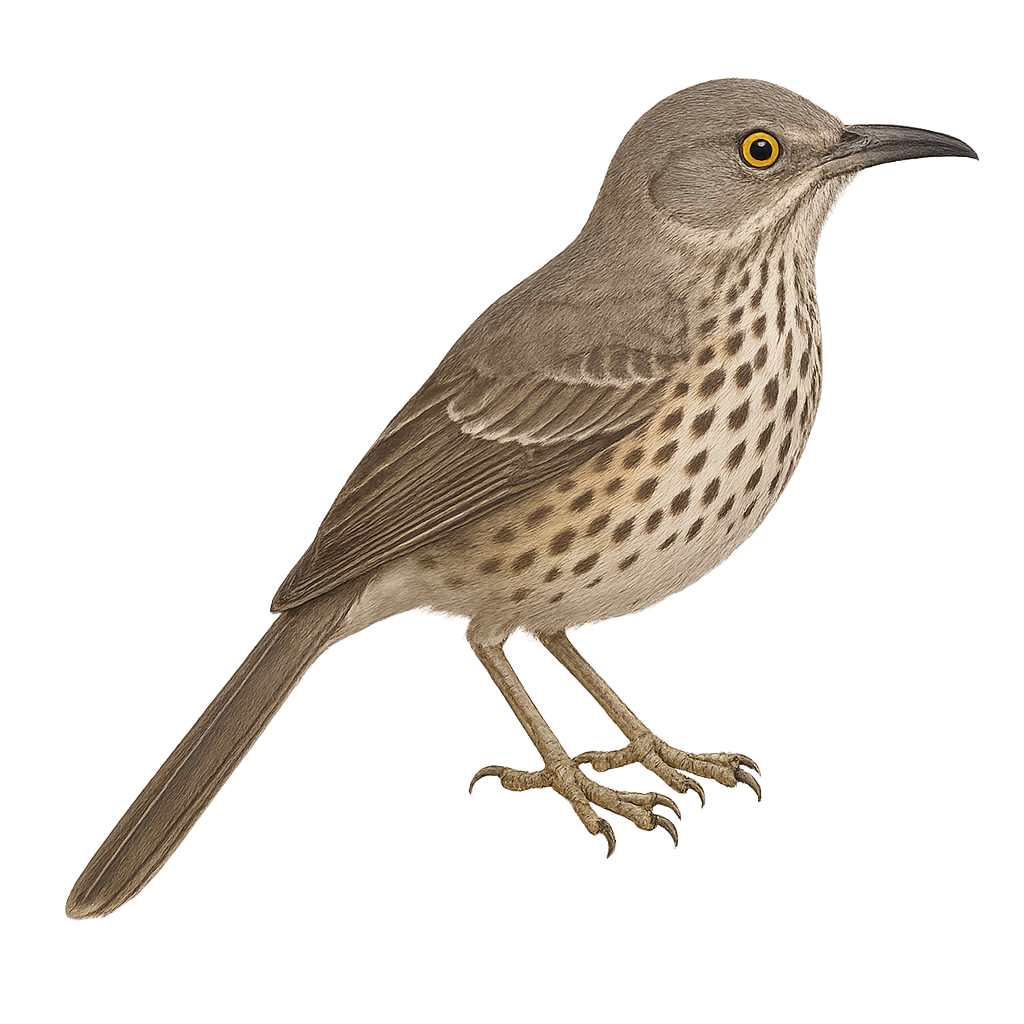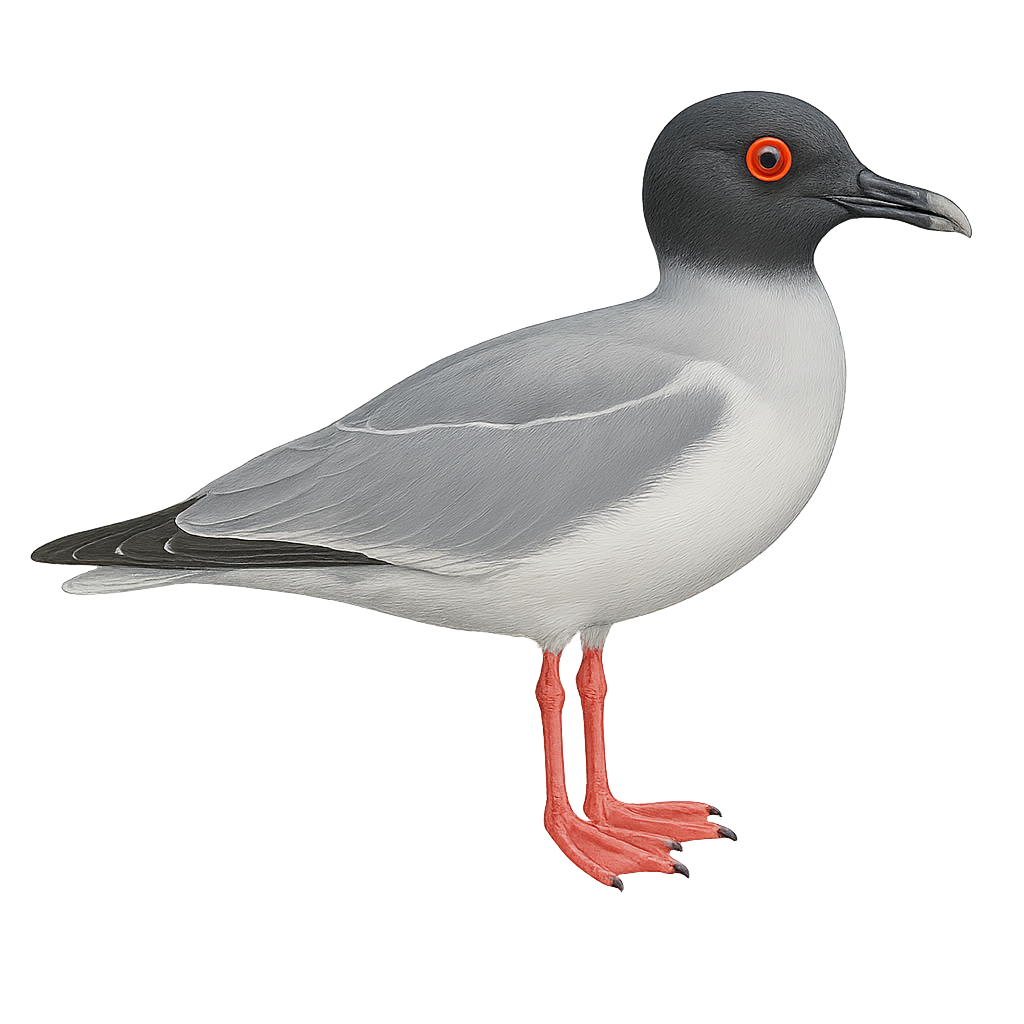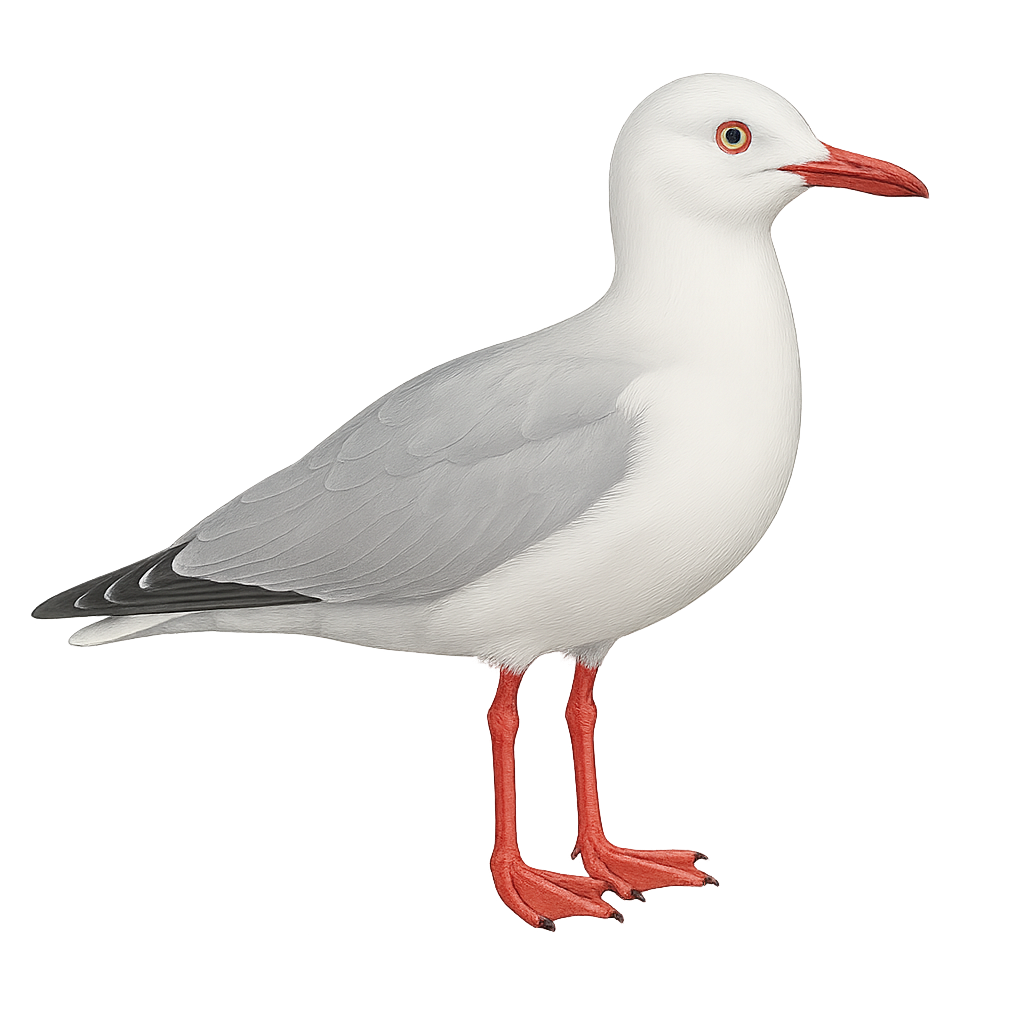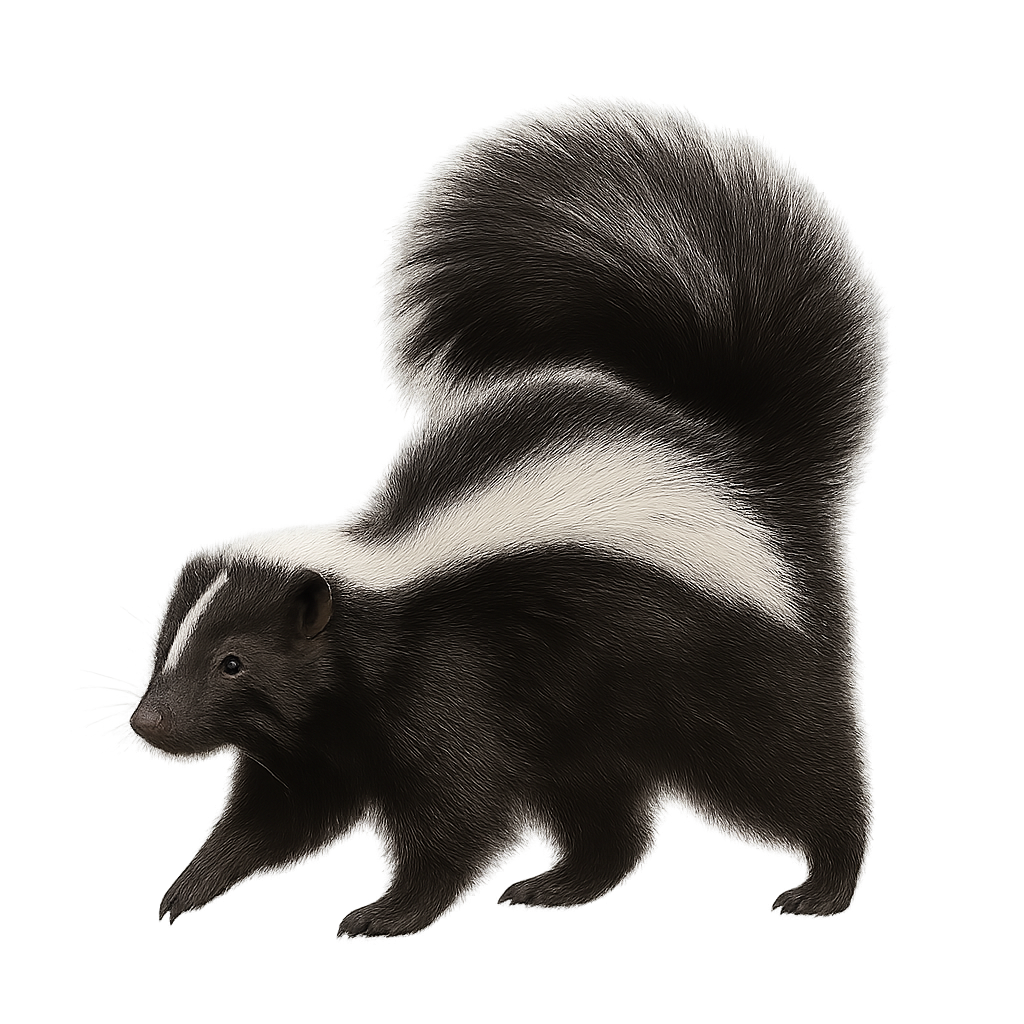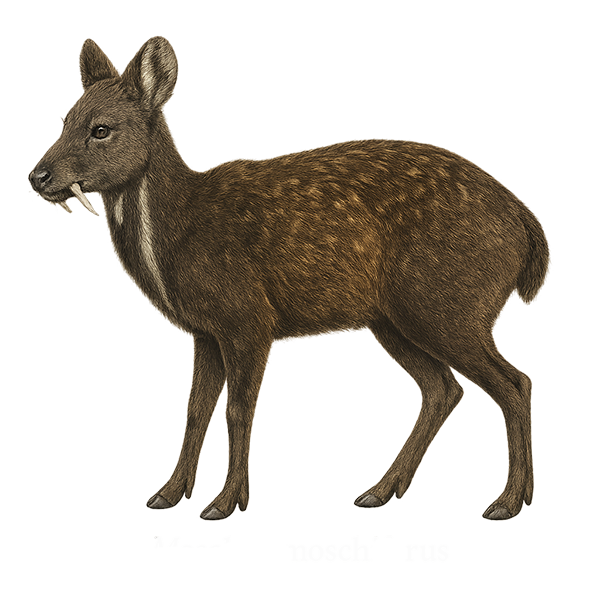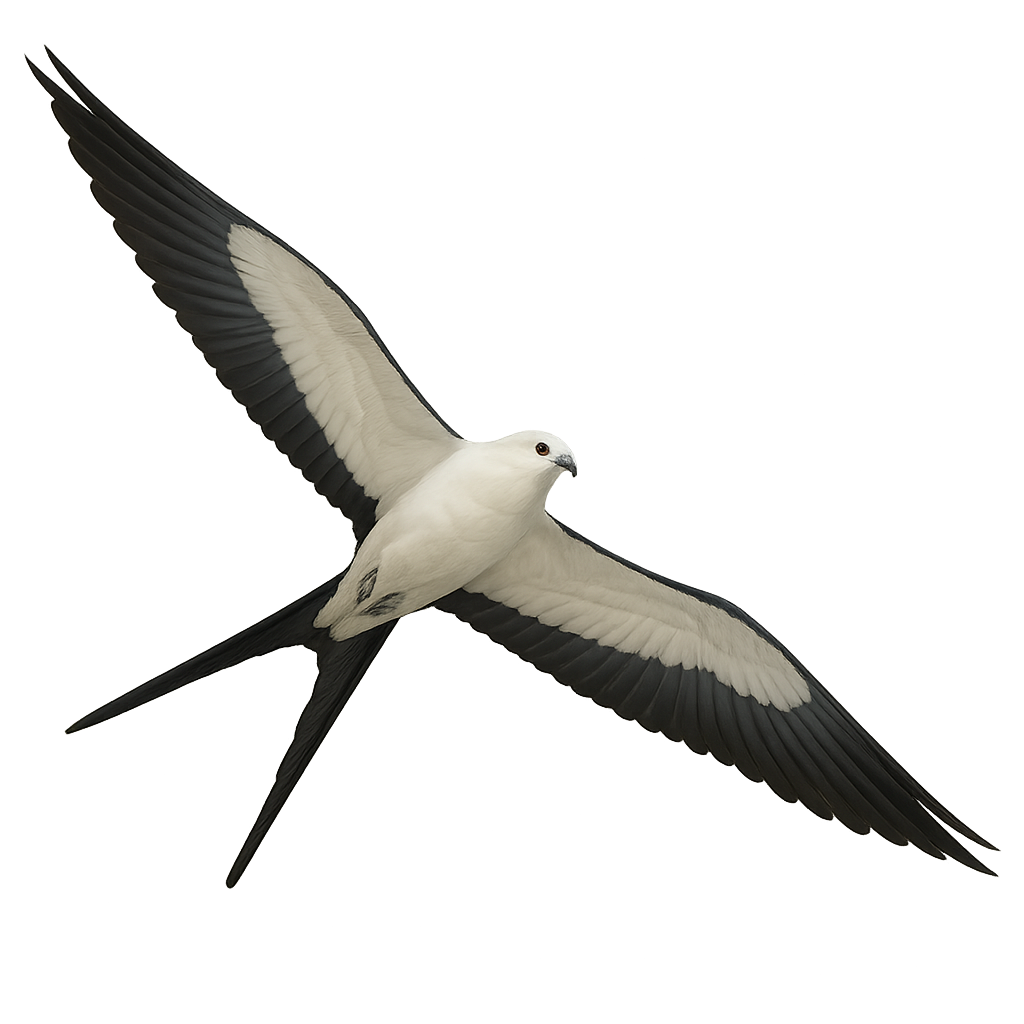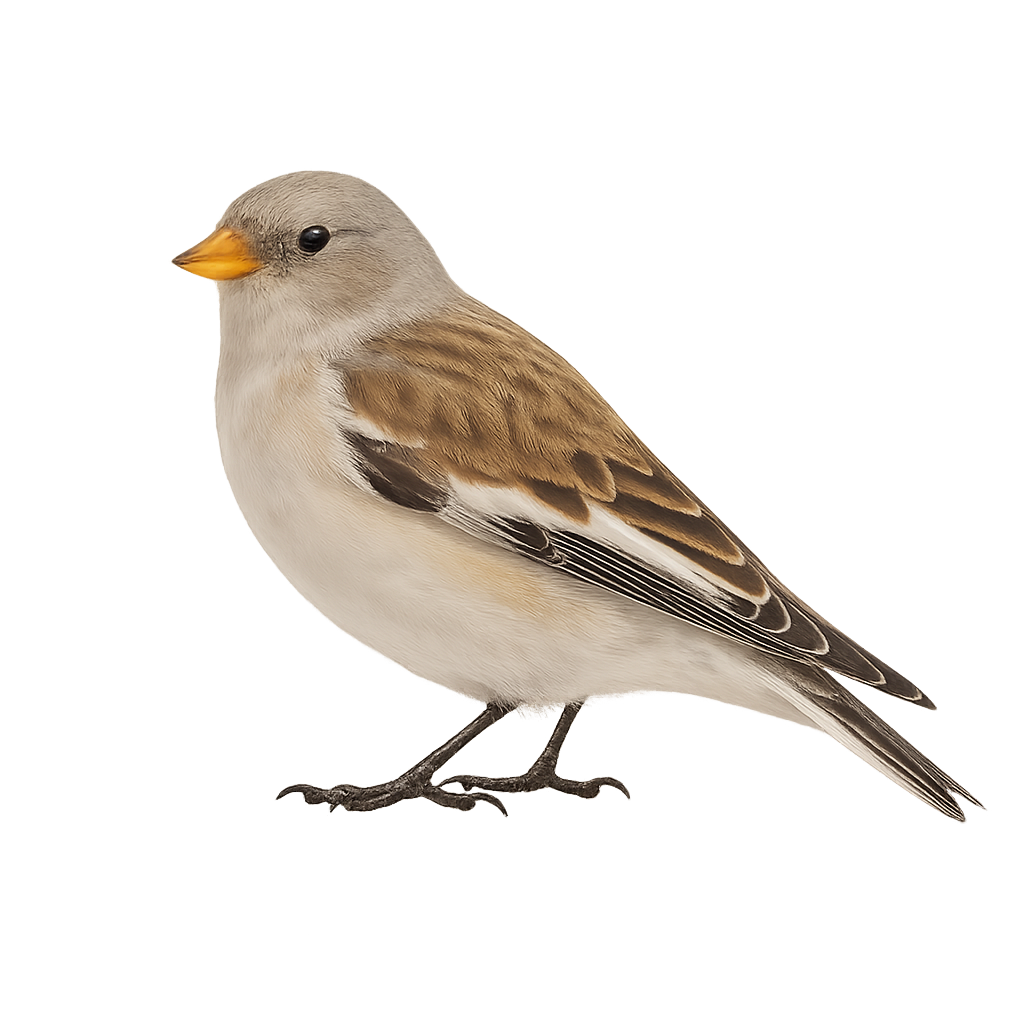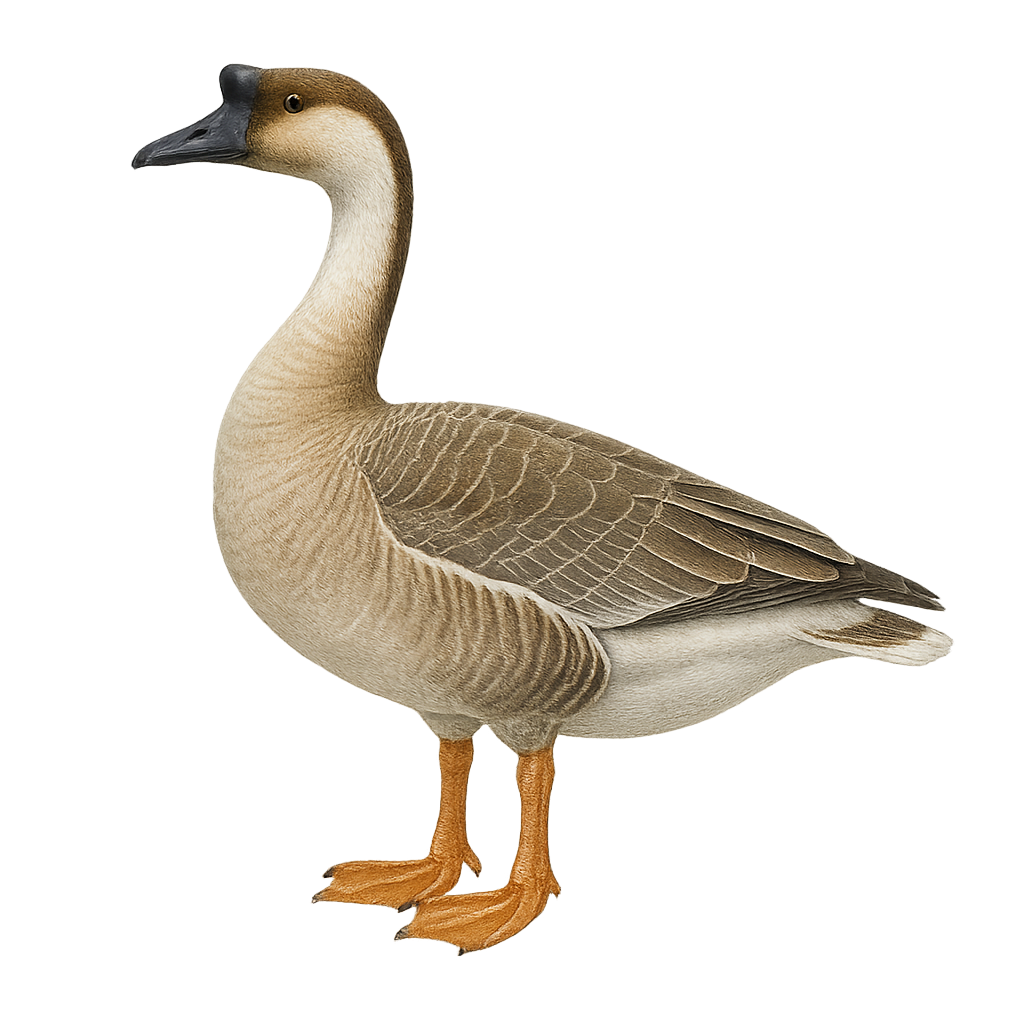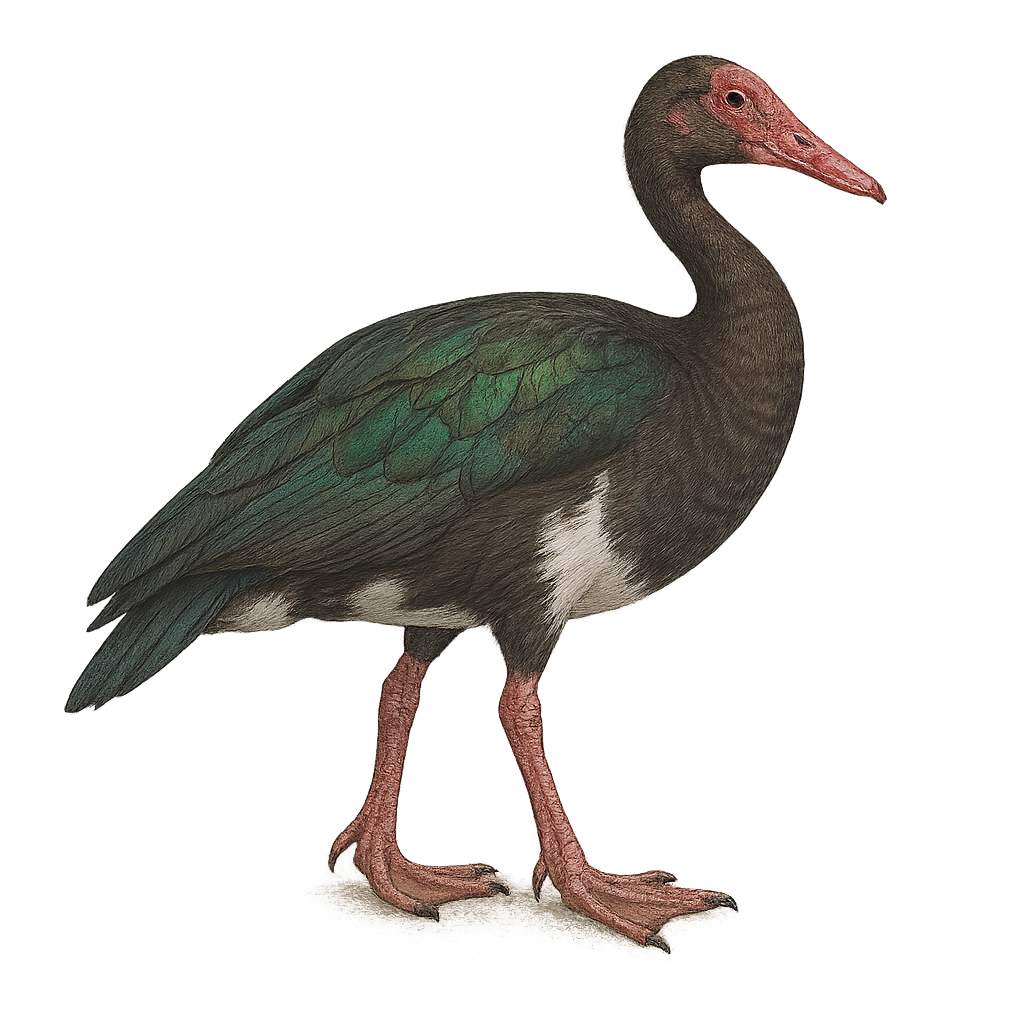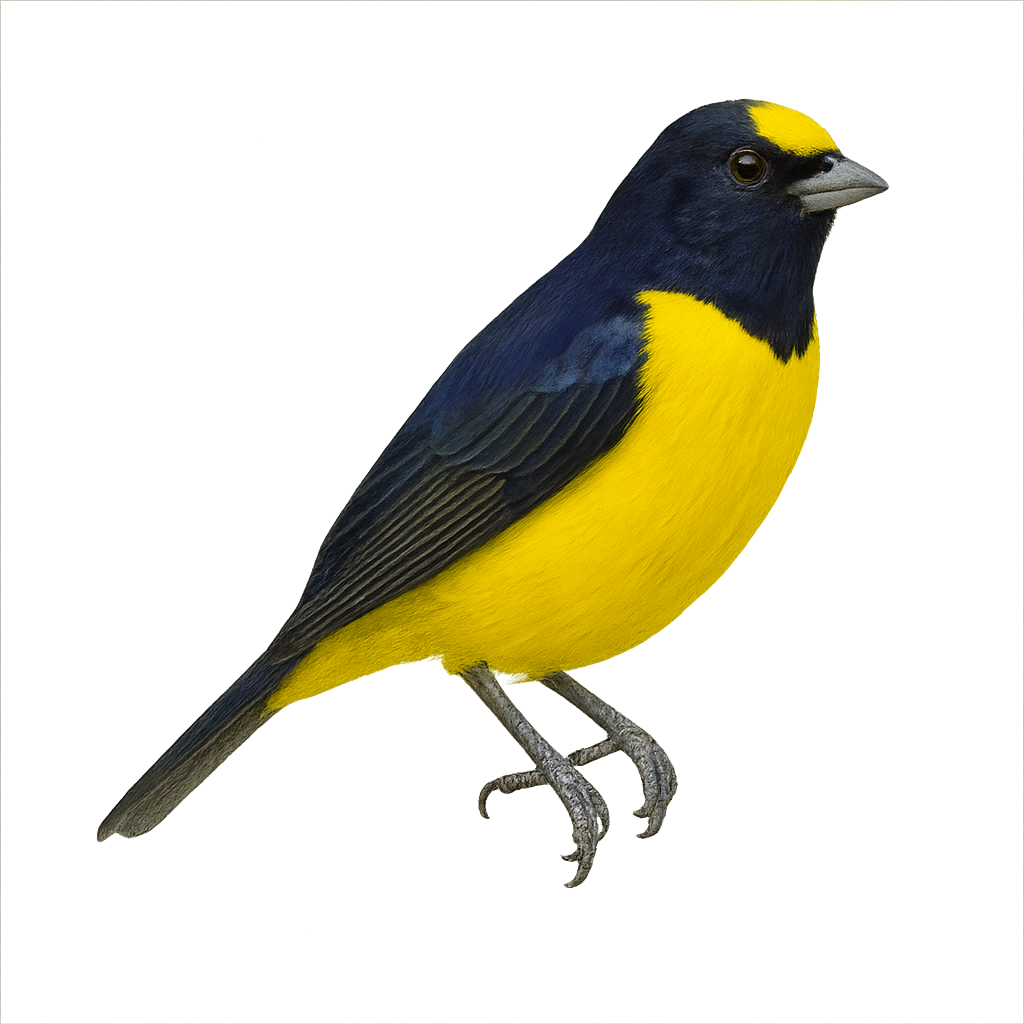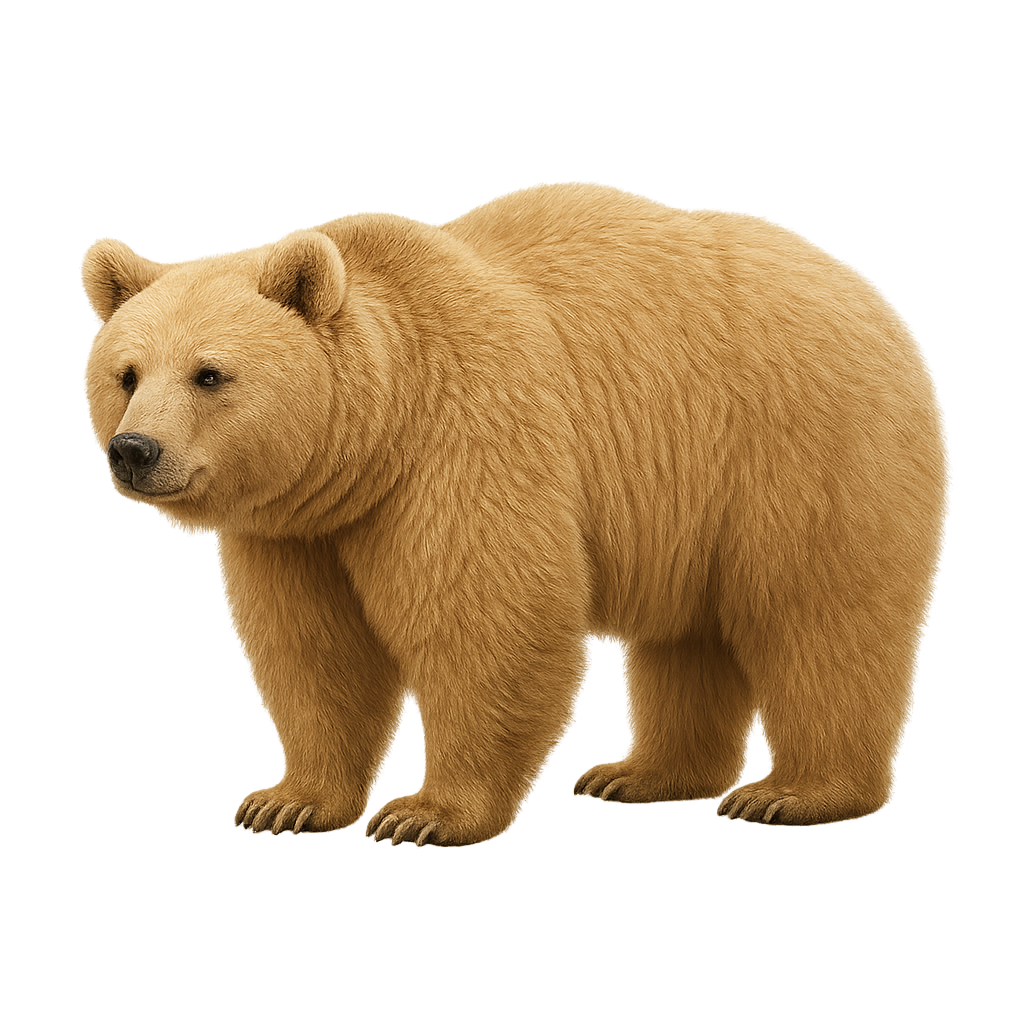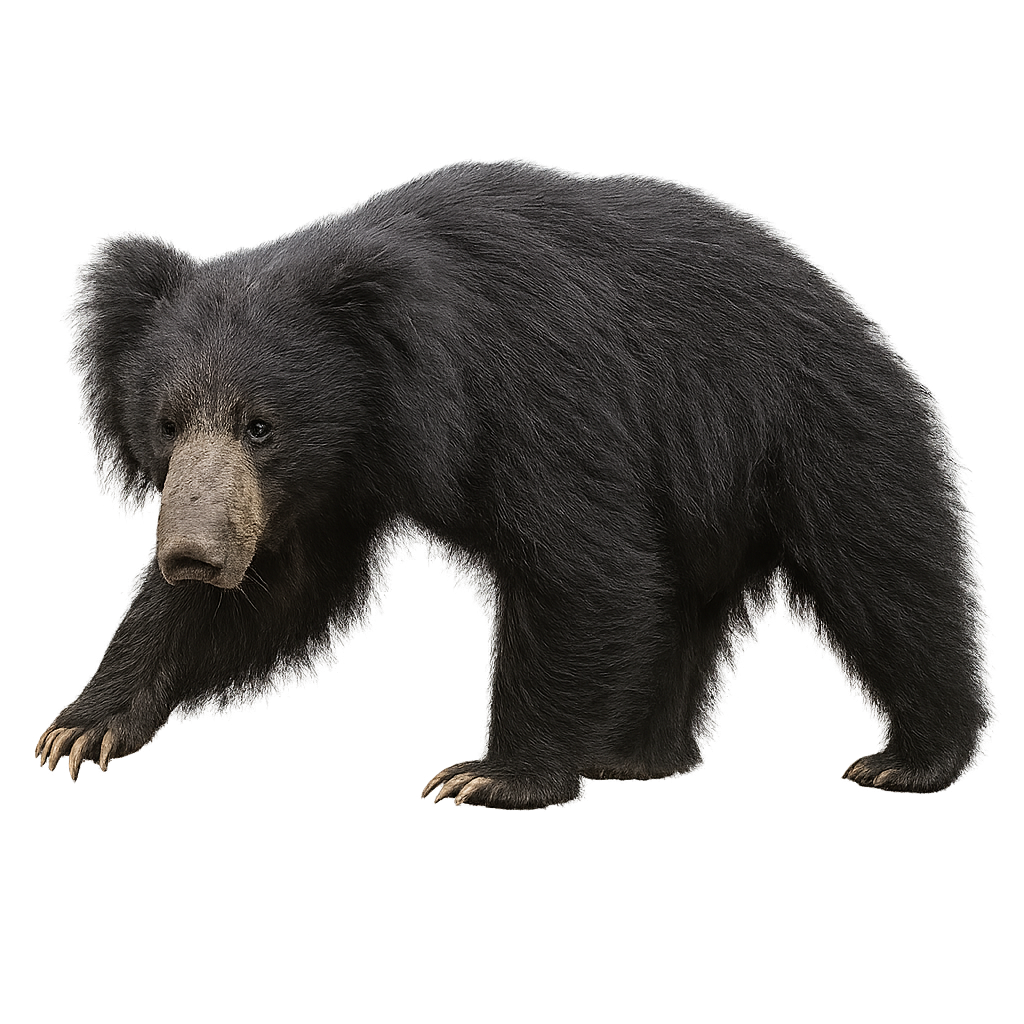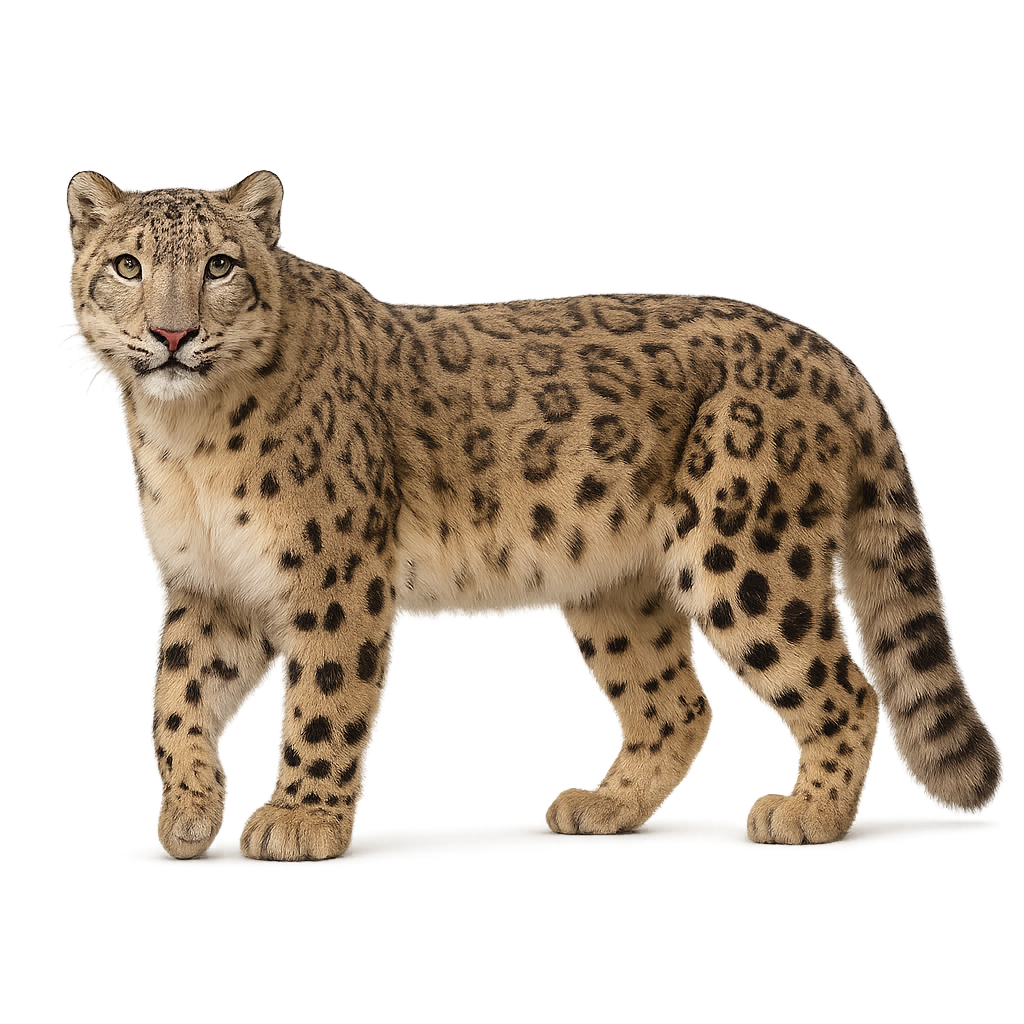The Slender mongoose is a small species of mongoose often found in the savannas and dry forests of East Africa. It primarily feeds on small insects, reptiles, and occasionally small mammals. With its slender body and quick movements, it is highly agile and often lives in family groups. Slender mongooses are very social and communicate with each other through vocalizations and visual signals. Although abundant, this species may be locally threatened by habitat loss.
The Siberian marmot, Marmota sibirica, is a large rodent belonging to the Sciuridae family. It is primarily found in the steppes and grasslands of Mongolia, Russia, and northern China. This mammal is well adapted to cold climates, spending much of the year in hibernation. Its thick, dense fur ranges from brown to gray, providing excellent insulation against freezing temperatures. Siberian marmots live in colonies and dig extensive burrow systems to protect themselves from predators and harsh weather. They primarily feed on grasses, roots, and seeds. Although their population is stable, they are sometimes hunted for their fur and fat.
The Sora, or Porzana carolina, is a small waterbird belonging to the Rallidae family. It is easily identifiable by its olive-brown plumage with white stripes on the flanks and a bright yellow bill. This bird primarily inhabits marshes and wetlands in North America, where it feeds on seeds, insects, and small invertebrates. A migratory species, it winters in the warmer regions of the southern United States and Central America. The Sora is a secretive bird, often heard rather than seen, thanks to its distinctive call. Its ability to slip through dense vegetation makes it difficult to spot.
The Southern Silvery Kingfisher, Ceyx argentatus, is a small bird endemic to the Philippines. It is distinguished by its striking plumage, with a metallic blue back and silvery white belly. Its head is adorned with black and white markings, and it has a bright red bill. It primarily inhabits tropical rainforests, often near rivers and streams where it hunts small fish and aquatic insects. Although discreet, it is sometimes observed diving skillfully to catch its prey. Its population is threatened by deforestation and habitat degradation, making it a vulnerable species.
The Smyrna Kingfisher is a colorful, medium-sized bird found primarily in Southeast Asia and surrounding regions. It measures about 25 to 30 cm in length and weighs between 40 and 70 g. This kingfisher is distinguished by its brilliant plumage and vibrant colors: a metallic blue back, an orange-red head, and a white belly. Its bill is long, straight, and pointed, perfect for catching prey such as fish, aquatic insects, and small reptiles. The Smyrna Kingfisher typically lives near bodies of water like rivers, lakes, and marshes, where it can dive to catch its food. It is often observed alone or in pairs during the breeding season when it builds a nest in tree cavities or rocks. Although its population remains relatively stable in some areas, it faces threats such as habitat destruction and water pollution.
The Striped Kingfisher, or Halcyon chelicuti, is a medium-sized bird, about 20 cm long. It is characterized by its brown plumage with white streaks on the belly and a head adorned with black and white bands. Its beak is robust and slightly hooked, perfect for catching prey. Found mainly in sub-Saharan Africa, it inhabits savannas, open forests, and wooded areas. It feeds primarily on insects, small reptiles, and occasionally fish. Although often solitary, it can be seen in pairs during the breeding season. Its song is a melodious trill, often heard at dawn and dusk.
The Shining-blue Kingfisher, Alcedo quadribrachys, is a captivating bird found mainly in the humid tropical forests of West and Central Africa. This small bird, measuring about 16 cm in length, is distinguished by its striking plumage, with a bright blue head and back, contrasting with a white belly and dark wings. It is often seen near water bodies, where it hunts small fish and aquatic insects. Its fast, direct flight and high-pitched call make it easily recognizable. Though discreet, it plays a vital role in its ecosystem, helping regulate fish and insect populations.
The Sulawesi Dwarf Kingfisher, Ceyx fallax, is a bird endemic to the island of Sulawesi in Indonesia. This small bird, measuring about 14 cm, is renowned for its vibrant plumage, featuring shades of blue, orange, and white. It primarily inhabits tropical rainforests and mangroves, where it feeds on small fish and insects. Its long, pointed beak is perfectly adapted for catching aquatic prey. Though discreet, its melodious song often resonates in its natural habitat. Unfortunately, deforestation threatens its environment, leading to a decline in its population.
The Superb Fairywren, or Malurus cyaneus, is a small passerine bird native to Australia. It is easily recognizable by its striking plumage: males display a vibrant blue on their head and back, while females and juveniles are predominantly brown. This striking contrast is especially noticeable during the breeding season. The Superb Fairywren inhabits mainly open forests, scrublands, and urban gardens, where it feeds on insects and small invertebrates. Sociable by nature, it lives in family groups and practices cooperative breeding, with several individuals helping to raise the young. Despite its small size, this bird is very active and agile, often moving in quick, small hops.
The Chalcostigma stanleyi, or Stanley's Thornbill, is a small, captivating bird belonging to the Trochilidae family. This hummingbird is distinguished by its iridescent plumage with metallic hues, often dominated by shades of green and blue. It primarily inhabits the mountainous regions of the Andes, frequenting humid forests and shrublands. Its thin, slightly curved beak is perfectly adapted for feeding on flower nectar, although it also consumes small insects to supplement its diet. The Stanley's Thornbill is a solitary bird, known for its speed and agility in flight. Its breeding period is influenced by local climatic conditions, making its observation particularly interesting for ornithologists.
The Scarlet Minivet, or Pericrocotus speciosus, is a striking bird with bright red plumage in males and yellow in females, complemented by black wings and tail. It inhabits the tropical and subtropical forests of South and Southeast Asia, primarily feeding on insects caught in flight. This bird is often seen in small flocks, moving nimbly among branches. Its melodious song and vivid colors make it a favorite among birdwatchers. Although relatively common within its range, deforestation poses a potential threat to its natural habitat.
The Satin Flycatcher, or Myiagra cyanoleuca, is a medium-sized bird primarily found in Australia and New Guinea. This bird is easily recognizable by its bright blue plumage on the back and wings, contrasting with a striking white belly. Males and females exhibit sexual dimorphism, with males displaying more vibrant colors. They primarily inhabit rainforests, mangroves, and open wooded areas. Their diet mainly consists of insects, which they catch in flight thanks to their remarkable agility. The Satin Flycatcher is a partial migrant, moving north during the austral winter. Although their population is stable, deforestation poses a potential threat to their natural habitat.
The Sage Thrasher, or Oreoscoptes montanus, is a discreet and fascinating bird primarily found in the arid regions of the western United States. It is recognizable by its gray-brown plumage, piercing yellow eyes, and slightly curved beak. This bird prefers shrubland habitats and semi-desert areas where it primarily feeds on insects and berries. Although often solitary, it can be observed in small groups during the breeding season. The Sage Thrasher is known for its melodious and varied song, which it uses to defend its territory and attract a mate. Despite its modest appearance, this bird plays a crucial role in the ecosystem by controlling insect populations and dispersing seeds.
The Say's Phoebe is a small bird from the Tyrannidae family, identifiable by its gray-brown back and rufous belly. It measures about 18 cm in length and has a thin, black beak. This bird is primarily insectivorous, feeding on various insects caught in flight. It is found in the arid and semi-arid regions of western North America, frequenting open areas, grasslands, and deserts. The Say's Phoebe is known for its adaptability to different habitats, including urban areas. It typically builds its nest under ledges, bridges, or abandoned buildings, using materials like twigs and grasses.
The Swallow-tailed Gull, Creagrus furcatus, is a unique seabird primarily found in the Galápagos Islands. It is distinguished by its forked tail and grey and white plumage. Its black bill is tipped with red, and its eyes are surrounded by a red ring, giving it a piercing look. This gull is nocturnal, a rarity among seabirds, and feeds mainly on fish and squid caught in flight. It nests on rocky cliffs, usually laying a single egg. Its behavior is relatively tolerant towards humans, allowing for close observation.
The Silver Gull, Chroicocephalus novaehollandiae, is a medium-sized seabird known for its bright white plumage, grey wings, and red legs. It is widespread in Australia and New Zealand, frequenting coasts, harbors, and inland waters. An opportunistic feeder, it consumes fish, invertebrates, and human waste. Its call is loud and distinctive. It nests in colonies, often on islands or isolated beaches, typically laying two to three eggs. Although often in contact with humans, it remains somewhat wary.
The striped skunk, or Mephitis mephitis, is a mammal renowned for its ability to spray a foul-smelling liquid when threatened. It features a black coat with two distinct white stripes running down its back. Primarily nocturnal, it feeds on insects, small mammals, fruits, and plants. It inhabits various environments, from forests to urban areas. Although often seen as a pest, it plays a crucial ecological role in controlling insect and rodent populations. The striped skunk is generally solitary, except during the breeding season.
The snow sheep, or Ovis nivicola, is a robust mammal primarily inhabiting the mountainous regions of the Russian Far East. It is characterized by its thick, woolly coat, which is well-suited to the harsh climatic conditions of its habitat. Males have large, spiraled horns, while females have smaller ones. Their diet mainly consists of grasses, lichens, and mosses. These animals are well adapted to high altitudes, where they find refuge on rocky and steep slopes. Their behavior is generally suspicious, making them difficult to approach. They live in small groups, often consisting of females and young, while adult males may be solitary or form separate groups.
The Siberian Musk Deer, scientifically known as Moschus moschiferus, is a small deer species notable for its lack of antlers and the presence of long canine teeth in males. These animals are primarily nocturnal and inhabit the coniferous forests and mountainous regions of Northern Asia, particularly in Russia, Mongolia, and China. Their thick, brown fur provides excellent camouflage in their natural habitat. Male musk deer produce a fragrant substance, musk, which has been used in perfumery for centuries. Although their population is declining due to hunting for musk and habitat loss, they remain a fascinating and iconic species of the Siberian forests.
The Swallow-tailed Kite is an elegant and graceful raptor, easily recognizable by its long forked tail and black-and-white plumage. It is often seen soaring effortlessly in the skies of subtropical and tropical regions of the Americas. This bird of prey primarily feeds on insects and small vertebrates, which it catches in flight. Known for its impressive migrations, it travels long distances between its breeding grounds in North America and its wintering areas in South America. The Swallow-tailed Kite prefers open habitats such as marshes, riparian forests, and grasslands, where it can easily spot its prey.
The snowfinch is a small mountain passerine measuring 14–16 cm, with grey-brown plumage, a distinctive black crown and a contrasting white rump. It inhabits high-altitude environments such as alpine meadows, scree slopes and mountain roadsides, feeding mainly on insects and seeds. During the breeding season, the male performs song flights and aerial displays over its territory to attract the female, and pairs build a nest in rock cavities or under stones.
The Swan Goose, Anser cygnoides, is a waterfowl species native to Asia. It is recognizable by its long neck and distinctive brown-gray plumage, with a white stripe extending from the base of the beak to the back of the head. Swan Geese are often seen in wetlands, lakes, and rivers. They are known for their gregarious behavior, forming large flocks during migration. Although primarily herbivorous, feeding on aquatic plants and seeds, they may also consume small invertebrates. This species is domesticated in some regions for its meat and eggs. However, in the wild, it faces threats such as habitat loss and overhunting.
The Snow Goose, Anser caerulescens, is a medium-sized migratory bird, easily recognizable by its bright white plumage and black wingtips. It breeds in the Arctic regions of Canada and Alaska, migrating south to winter in the United States and Mexico. This gregarious bird forms large flocks during migration, creating an impressive spectacle. Its diet mainly consists of aquatic plants and grasses. Although generally not very shy, it can become wary during hunting seasons. The Snow Goose plays an important ecological role in its habitat, contributing to seed dispersal and soil aeration.
The Plectropterus gambensis, commonly known as the Spur-winged Goose, is a large waterfowl species belonging to the Anatidae family. It is primarily found in sub-Saharan Africa, where it inhabits wetlands, marshes, and rivers. This goose is notable for its impressive size, reaching up to 100 cm in length, and its striking black and white plumage. Males are generally larger than females and possess spurs on their wings, used in territorial disputes. The Spur-winged Goose is a gregarious bird, often seen in groups, and feeds mainly on aquatic plants, seeds, and insects. Although capable of long-distance flight, it prefers walking or swimming for movement.
The Sumatran orangutan is a majestic primate, measuring between 1.2 and 1.4 meters in height and weighing between 30 and 70 kg. It has a shiny reddish fur, with long arms adapted to its arboreal lifestyle. Native to the island of Sumatra in Indonesia, this orangutan primarily inhabits tropical lowland forests and swampy areas. Its diet mainly consists of fruits, leaves, bark, and small insects. It is primarily solitary and has a great ability to camouflage among the trees. Unfortunately, this species is critically endangered due to massive deforestation, forest fires, and illegal hunting.
The Scrub Euphonia, or Euphonia affinis, is a small passerine bird belonging to the Fringillidae family. It is primarily found in the tropical and subtropical forests of Central America, ranging from southern Mexico to northern Panama. This bird is notable for its vibrant plumage: males display a bright yellow throat contrasting with a dark blue back, while females have more subdued olive-green tones. Scrub Euphonia are often seen in pairs or small groups, feeding mainly on fruits and berries. Their melodious and varied song is often heard in the dense undergrowth where they reside.
The Scimitar oryx, also known as the Sahara oryx, is a medium-sized antelope distinguished by its long, backward-curving horns and white coat with brown markings on the face and neck. Native to the desert and semi-desert regions of North Africa, this species is well adapted to arid environments. It can survive without water for extended periods, obtaining necessary moisture from its food. Unfortunately, the scimitar oryx is classified as extinct in the wild, primarily due to excessive hunting and habitat loss. Reintroduction efforts are underway in some areas to restore viable populations.
The Ursus arctos syriacus, or Syrian brown bear, is a subspecies of the brown bear found mainly in the mountainous regions of the Middle East. Medium-sized, it has a light brown to beige coat, often paler than its European relatives. This bear is omnivorous, feeding on plants, fruits, insects, and occasionally small mammals. Although generally solitary, it can be seen in groups when food is abundant. Its population is declining due to habitat loss and hunting. Protecting this animal is crucial to maintaining the ecological balance of its environment.
The Sloth Bear, also known as the lip bear, is a large carnivorous mammal primarily found in the tropical and subtropical forests of India, Sri Lanka, Bangladesh, and Myanmar. It measures about 1.4 to 1.8 meters in length and weighs between 50 and 150 kg. What particularly distinguishes the Sloth Bear is its face, which has highly mobile lips and long fur around the mouth, giving it its name. Its coat is generally black with white markings on the chest and throat, forming a sort of crescent shape. The Sloth Bear is an omnivore, feeding on fruits, honey, insects, roots, and small animals. Although it is primarily terrestrial, it is also capable of climbing trees. Due to habitat loss and poaching, this species is currently listed as vulnerable.
The Snow Leopard, also known as the ounce, is a large cat primarily found in the mountains of the Himalayas, Tibet, Central Asia, and the Pamir Mountains. It measures between 1.1 and 1.3 meters in length, with a tail of 80 to 100 cm, and weighs between 27 and 55 kg. Its thick, dense fur, which is light gray to white with dark rosettes, allows it to blend perfectly into its snowy environment. The Snow Leopard is a solitary carnivore, primarily feeding on wild goats, sheep, small deer, and sometimes small mammals. It is an excellent climber and stealthy hunter, capable of pouncing on its prey from high ground. Unfortunately, this species is threatened by illegal hunting, poaching, and habitat loss. It is currently listed as "vulnerable" by the IUCN.


